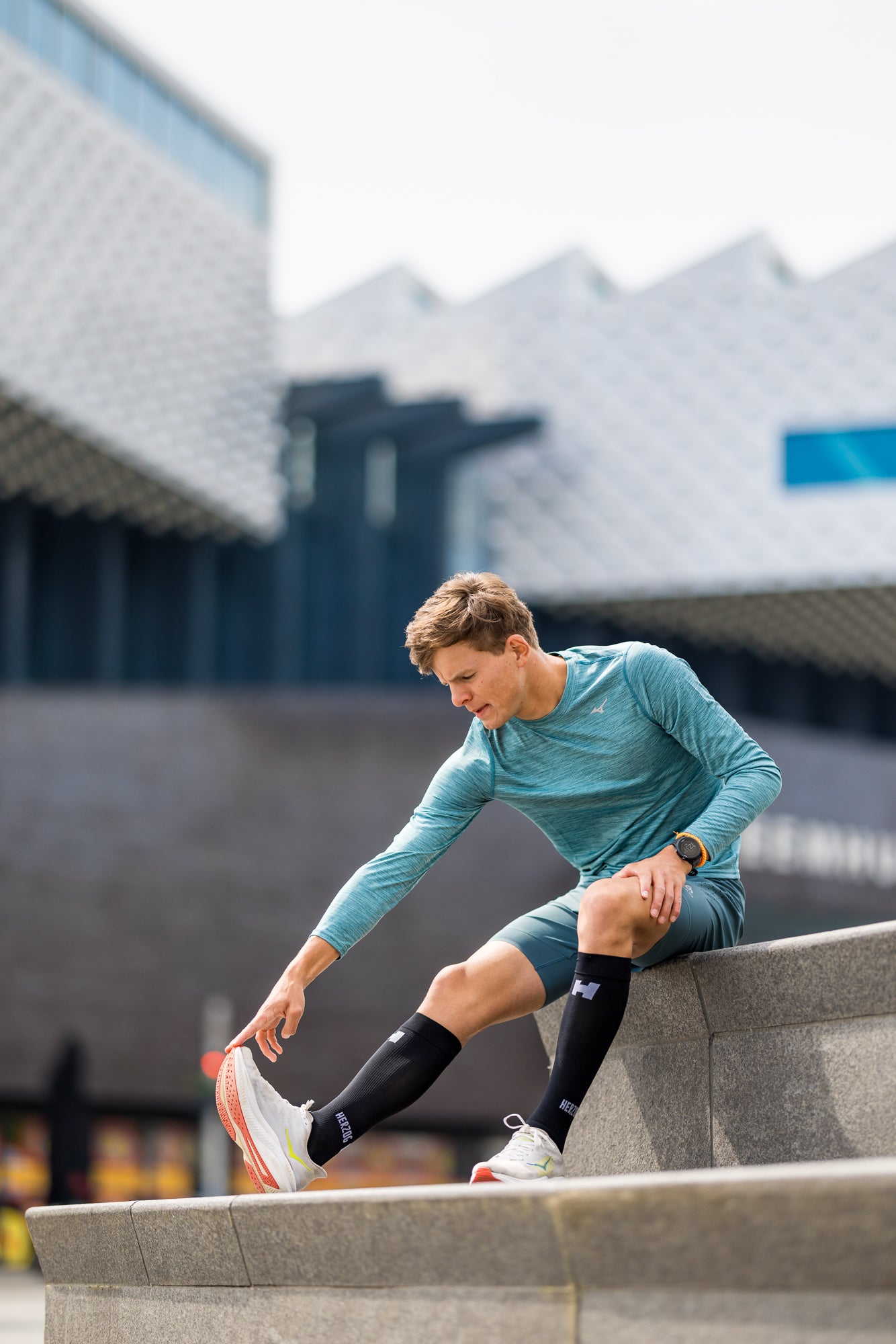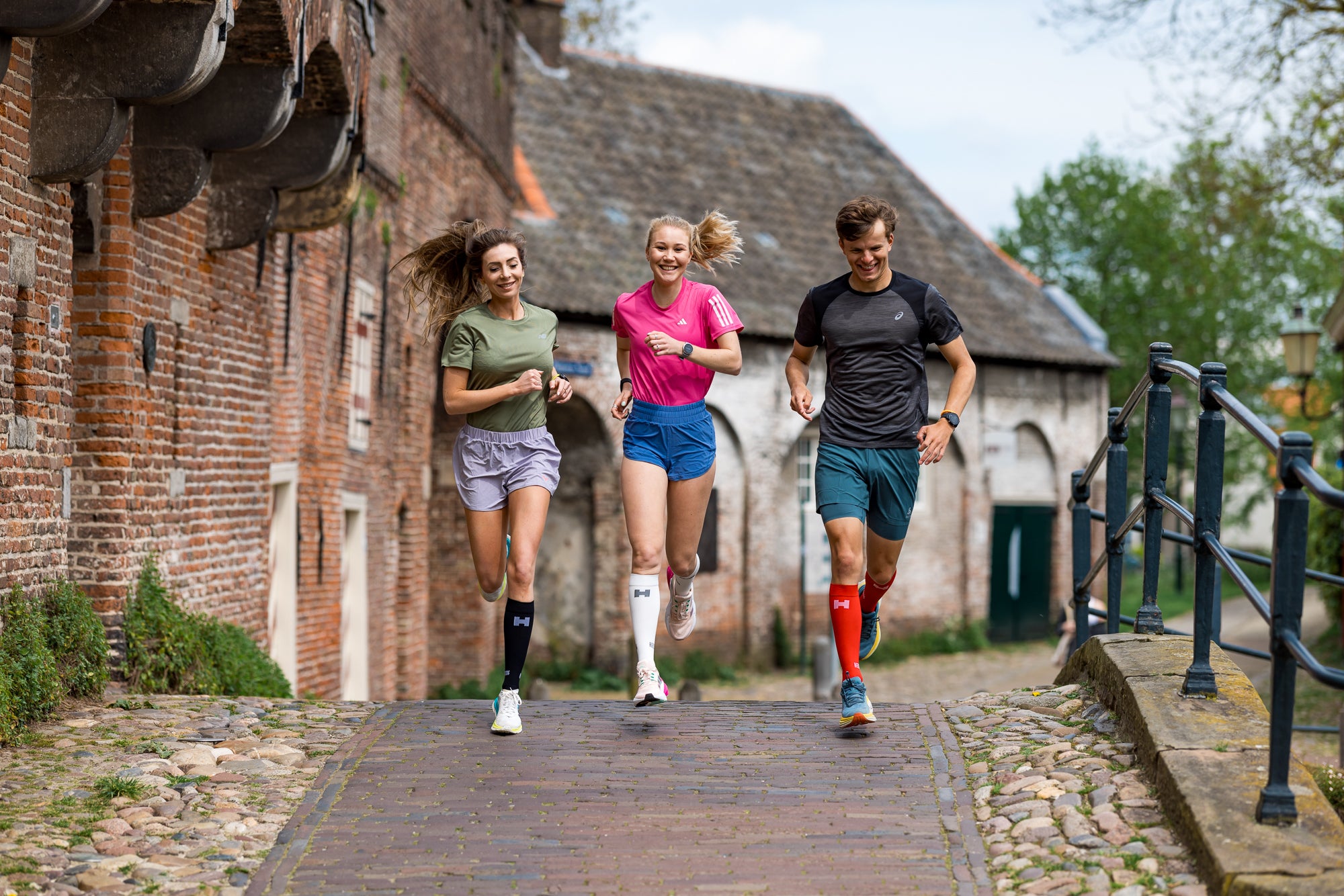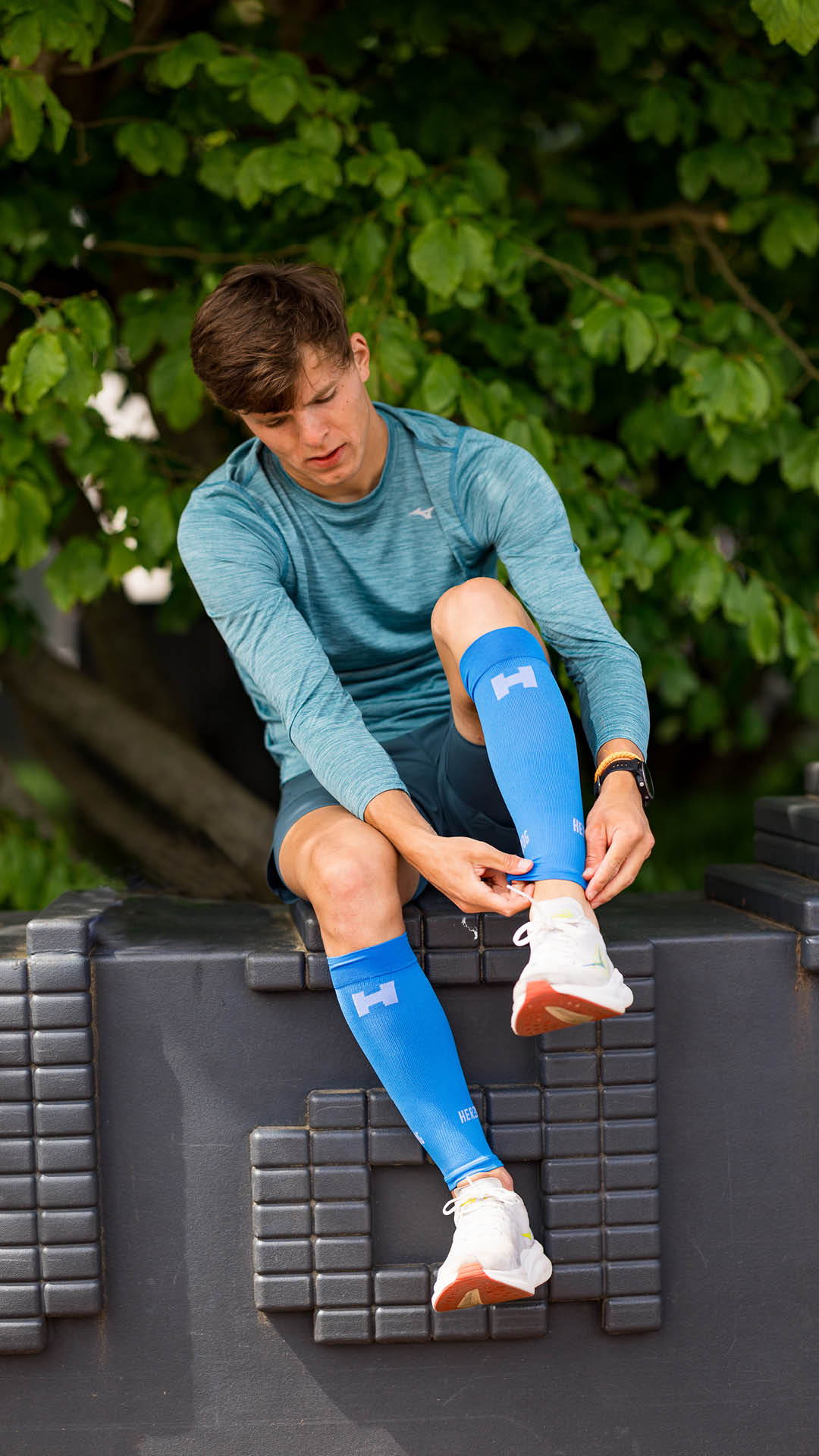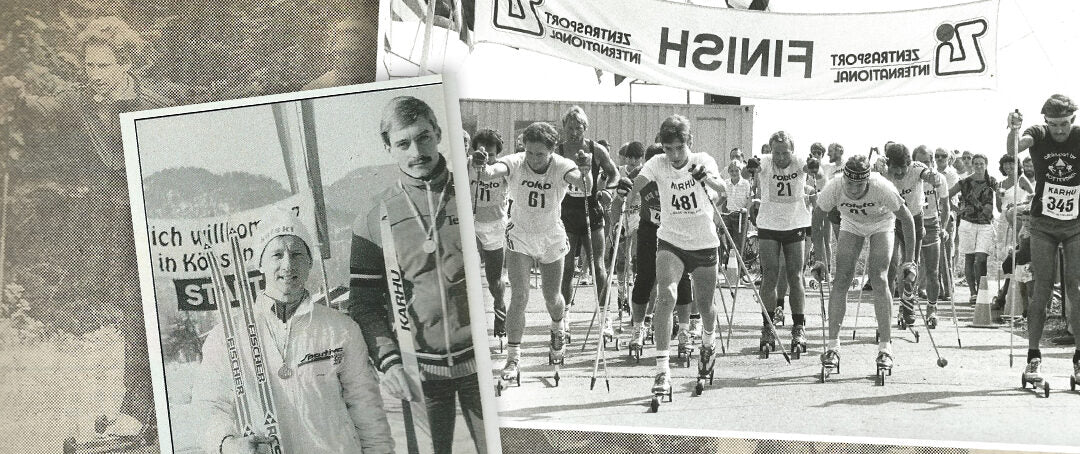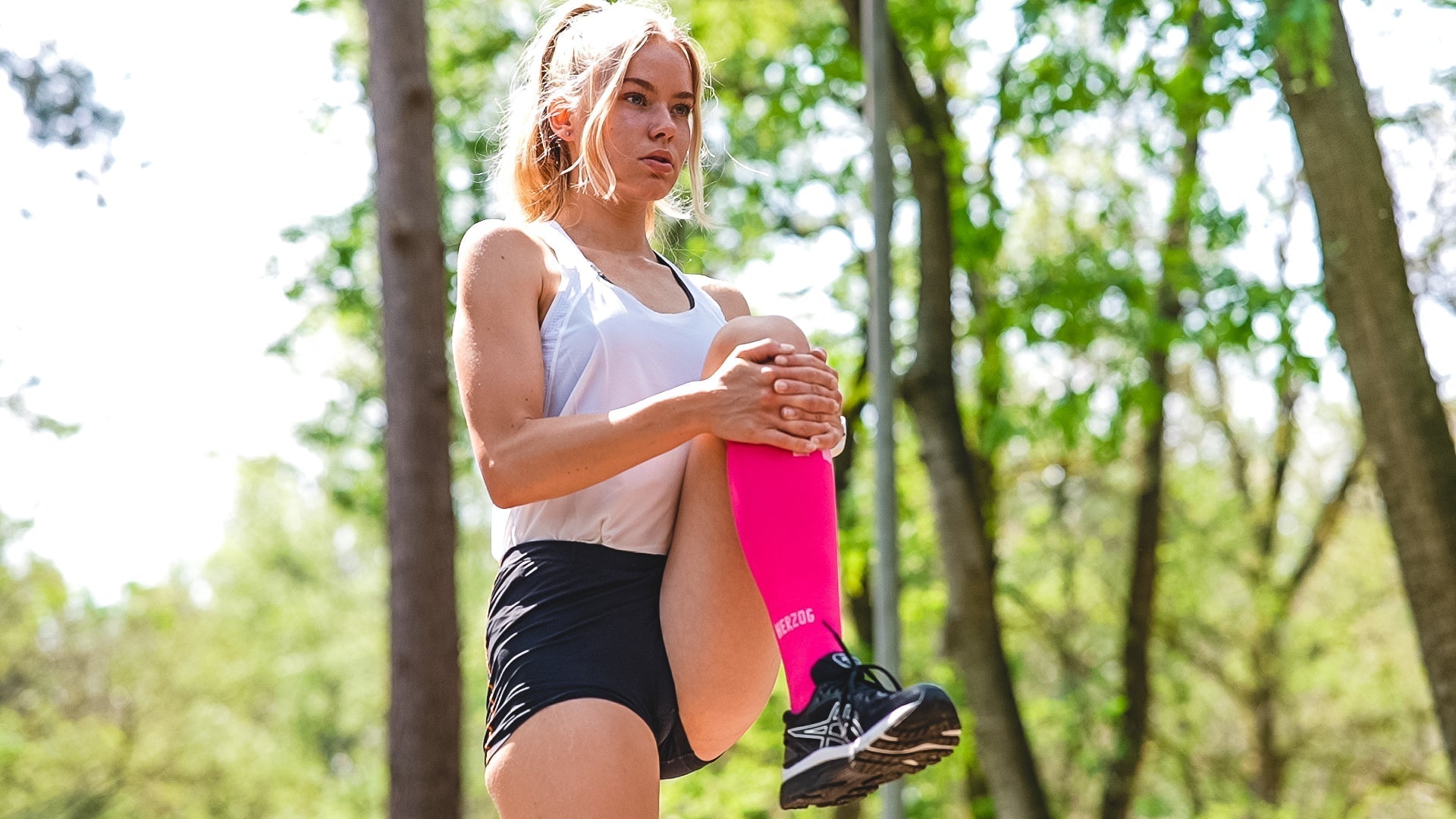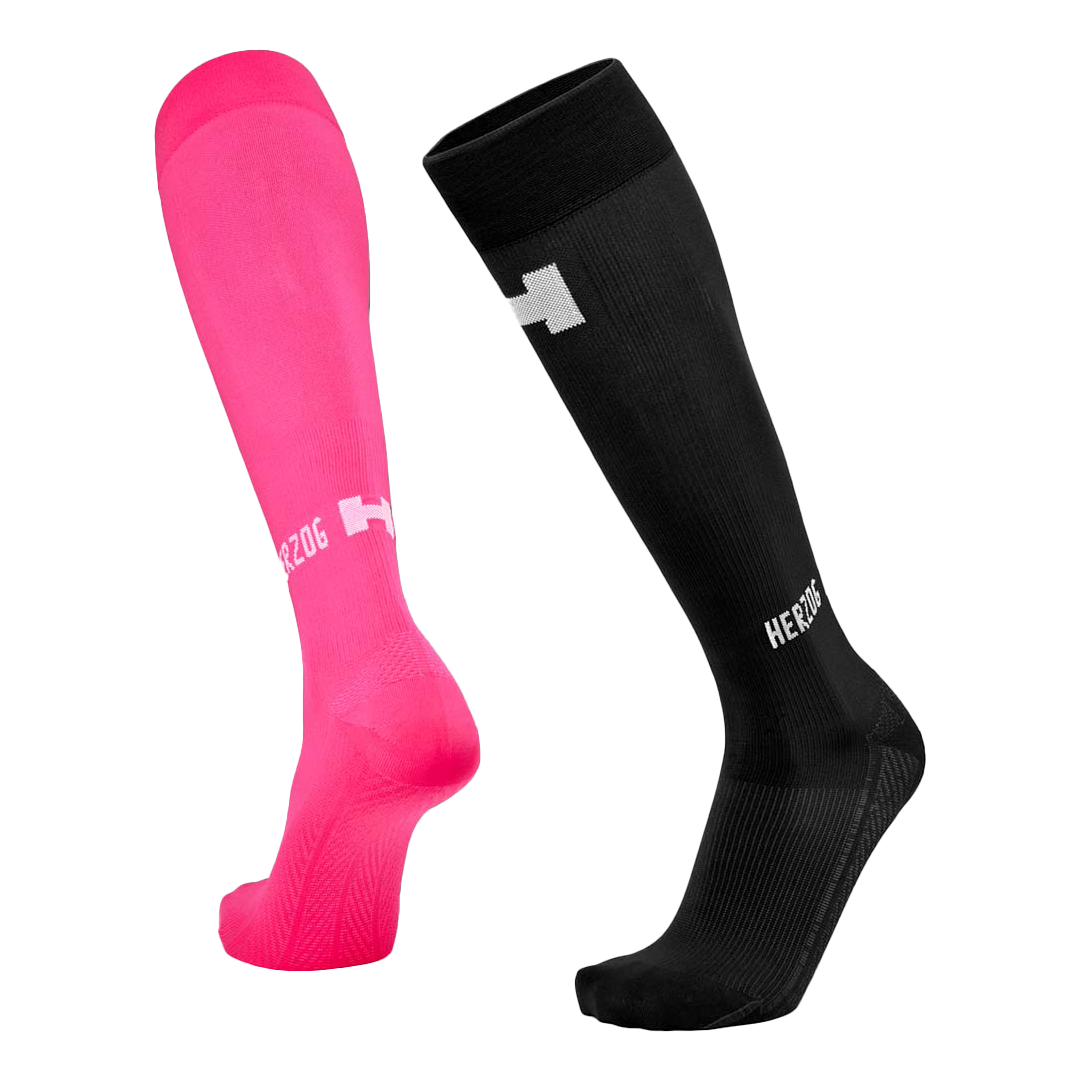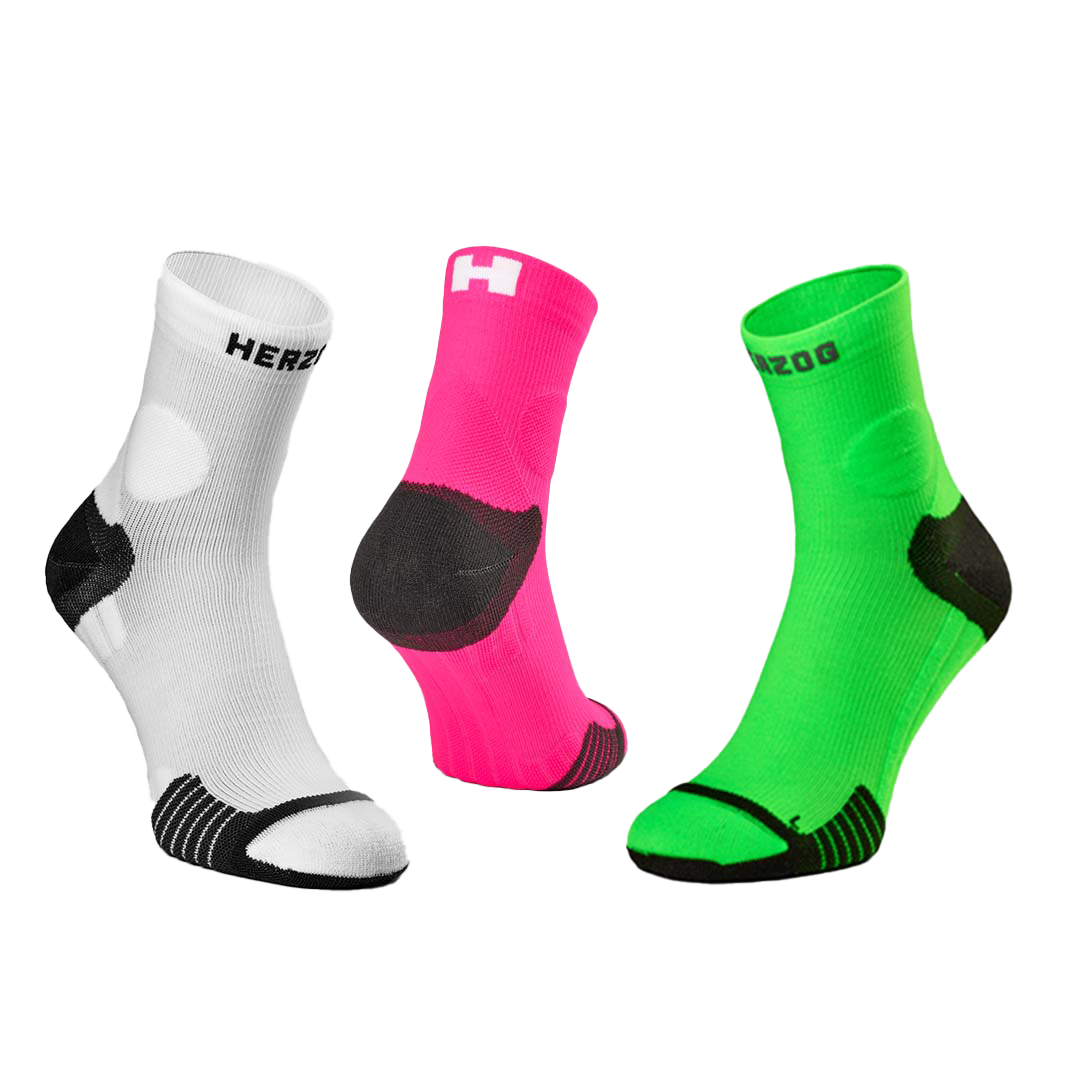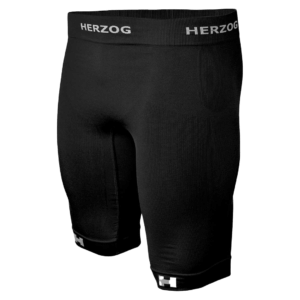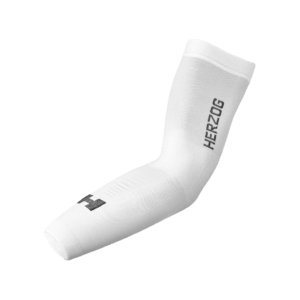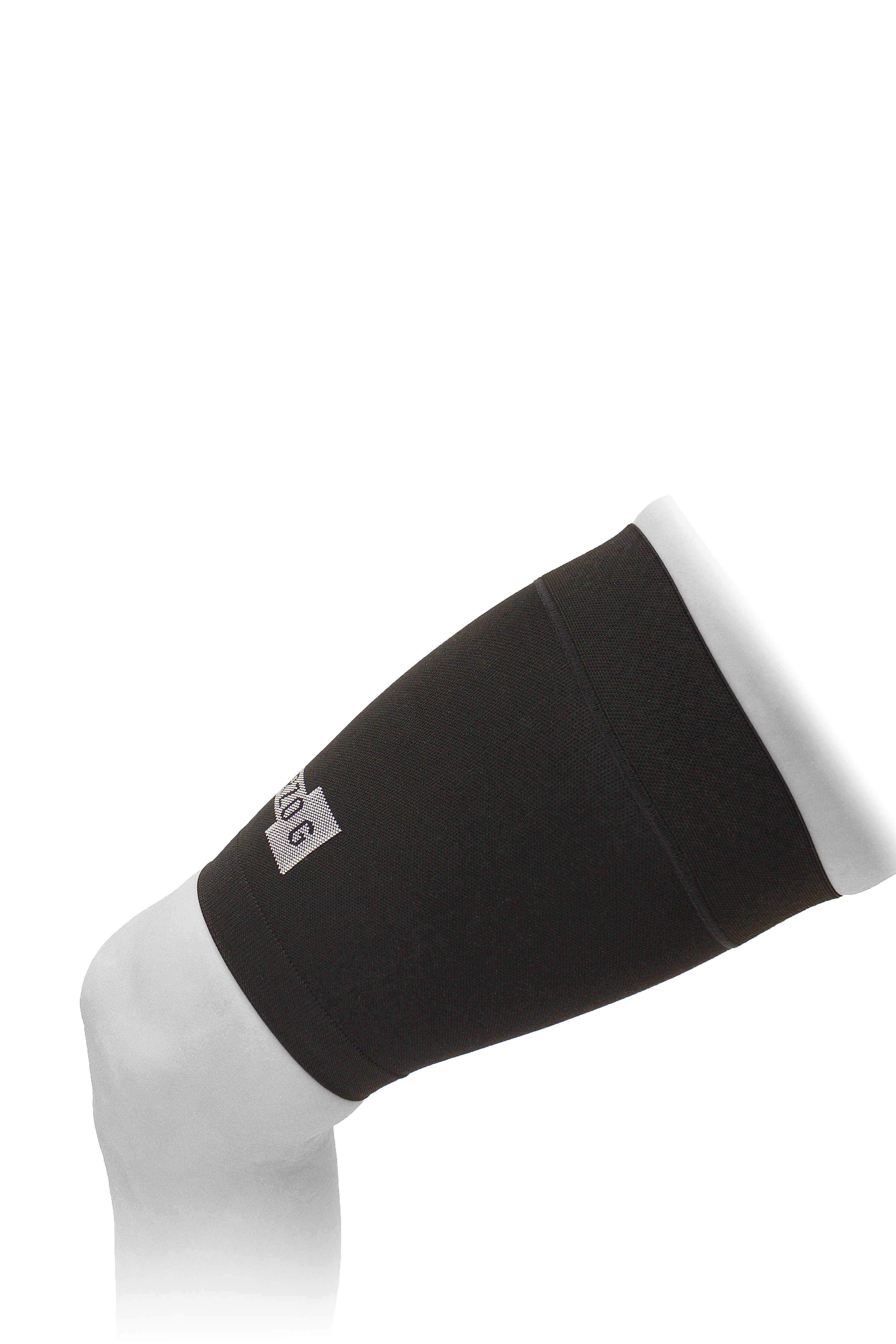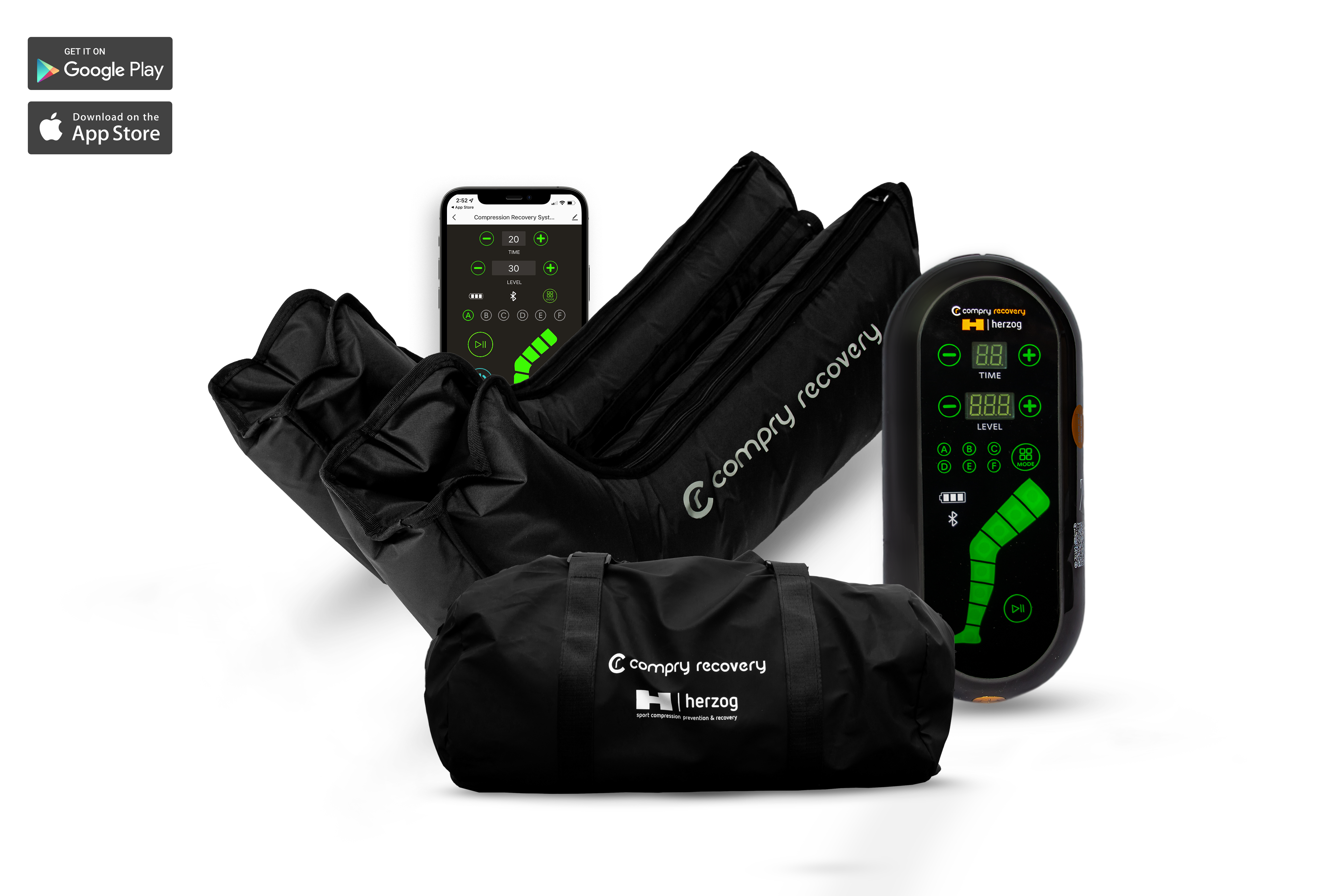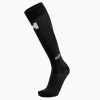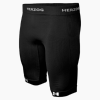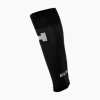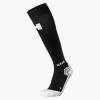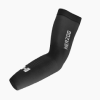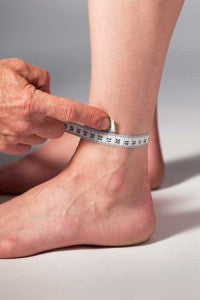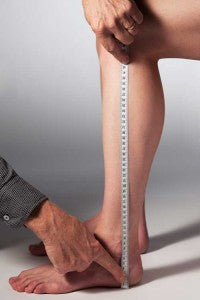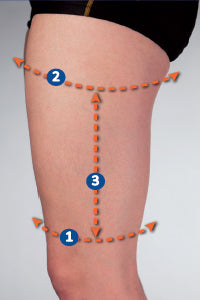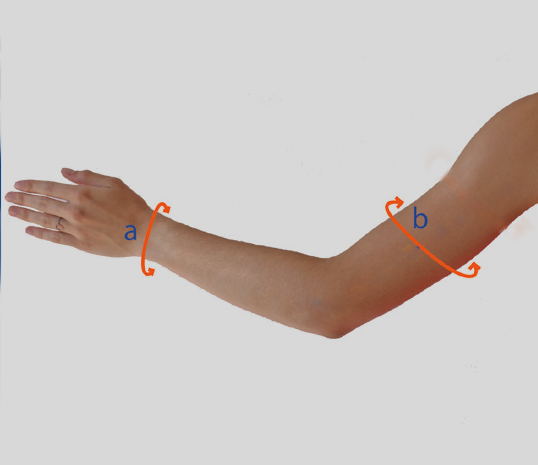In conversation with Harald Herzog, the founder of compression socks in the sports world
Compression socks have become an indispensable part of the running world these days. This is not only because sports compression socks are now available in all kinds of colors to match your outfit, but mainly because more and more runners are discovering how much they benefit you. The idea for the sports compression socks all started with Harald Herzog. Harald was a professional athlete (cross-country skiing) in the late 1970s and is now the market leader in sports compression socks. In this interview he explains how he came up with the idea of developing a sports compression sock, the benefits of wearing a sports compression socks and what you should pay attention to when purchasing a sports compression sock.
How did you get into compression socks?
“As a result of the intensive exercise, I had a lot of problems with my calves and my Achilles tendons. I went from physio to physio, but nothing helped. Although you recover quickly from such a calf injury, it always 'occurred again', says Harald. Until at a certain point my lower legs were firmly taped and I immediately felt that this really helped. After my sports career, I started working at a large medical company that sold support socks, formally Therapeutic Elastic Stockings (TEK) , for medical purposes. I immediately saw a connection between the severe taping of my calf and wearing a compression sock. That's why I started experimenting with wearing TEK in various pressure variants while running and I soon noticed that a certain pressure variant finally helped me prevent injuries.
In the 1980s, I was the first to wear compression socks, which at the time were still skin-coloured, with a thick seam vertically across my calf. Then I thought I was crazy, so in 30 degree weather I wore long pants to hide the socks. Ultimately, I launched the Sports Compression Socks in the late 1990s. In the beginning, it was mainly top athletes who wore the socks, but interest soon grew and now more and more athletes of all levels are wearing our compression socks.”
